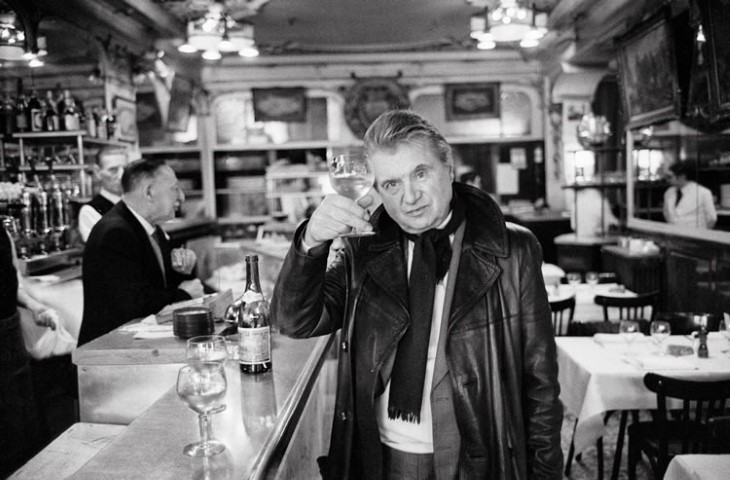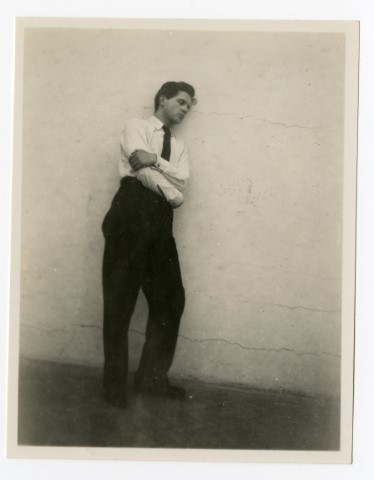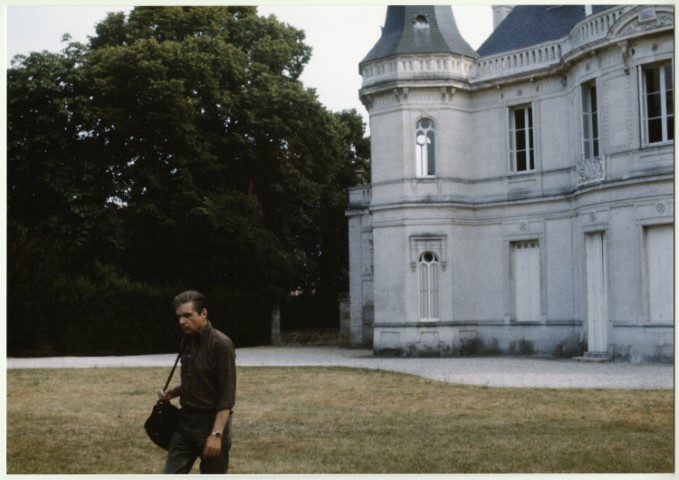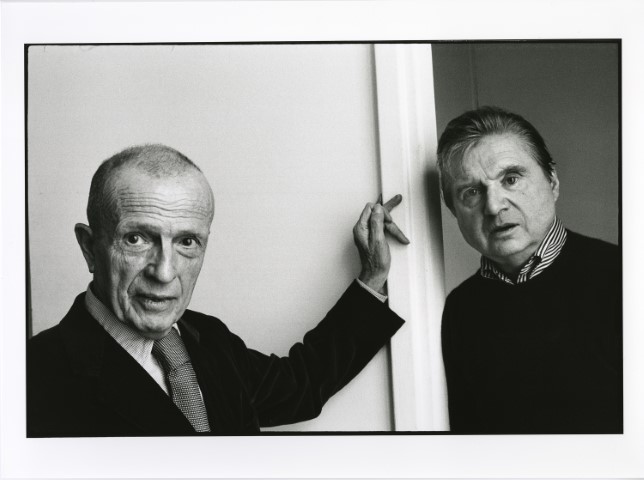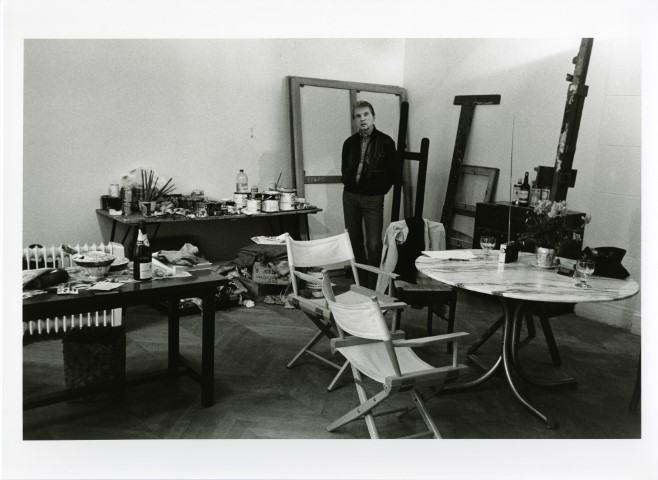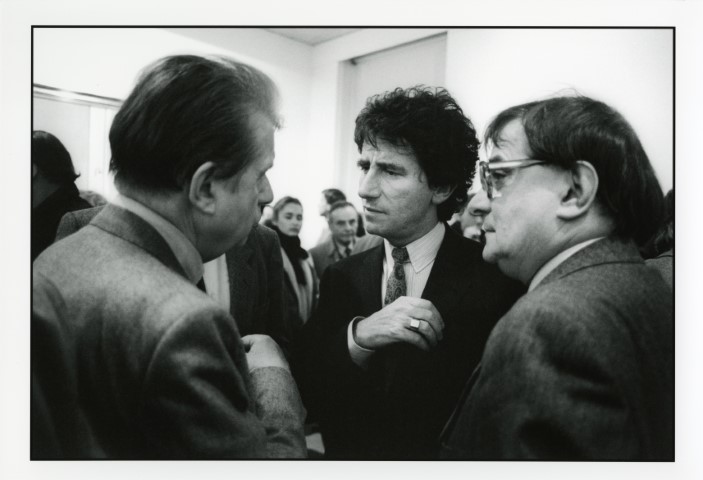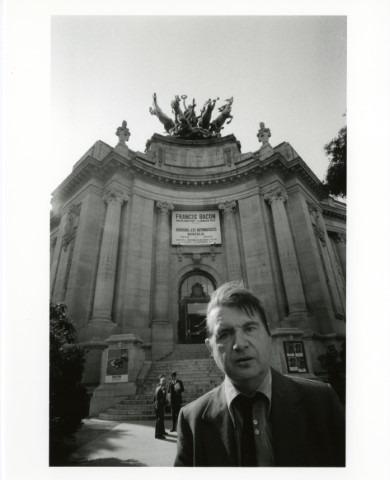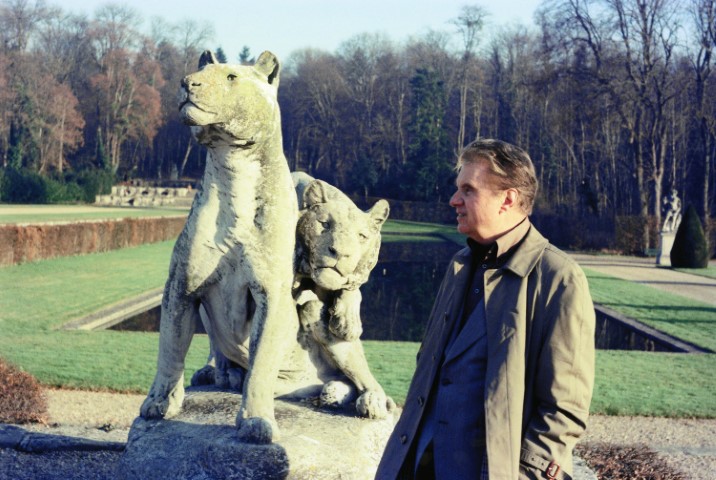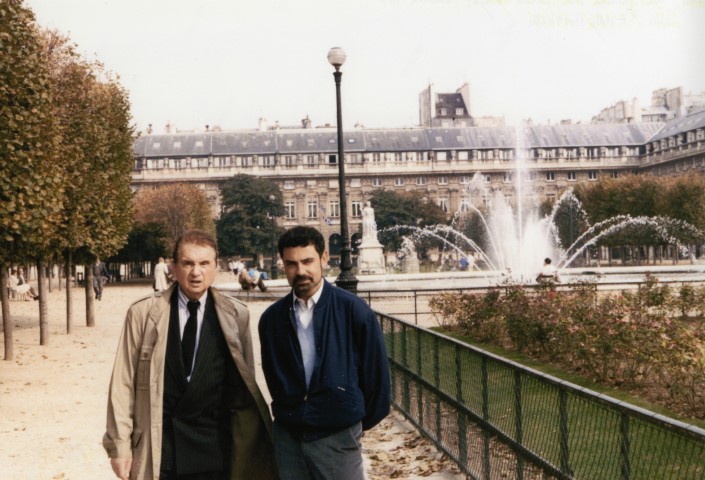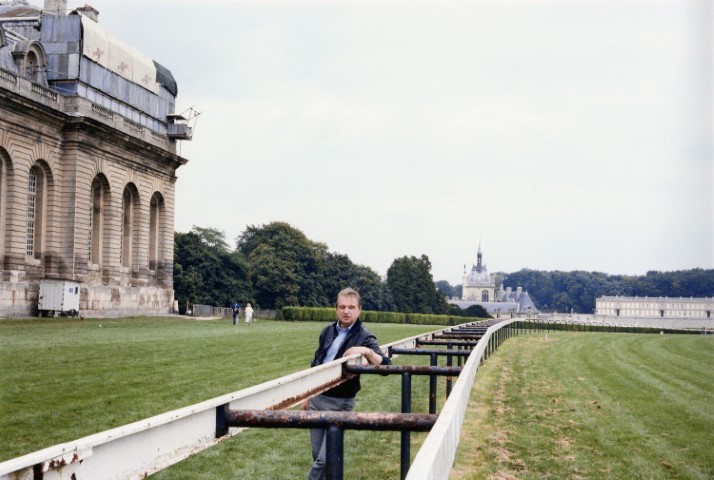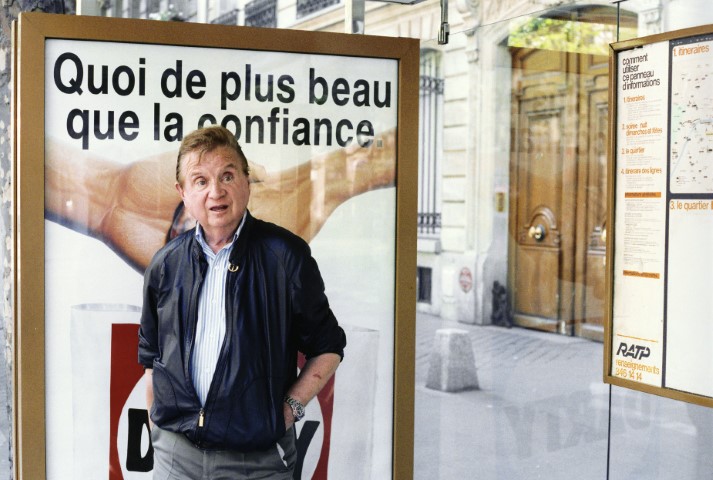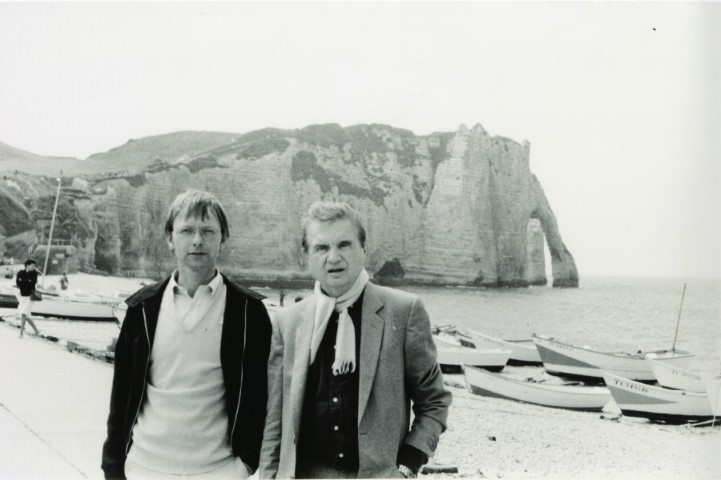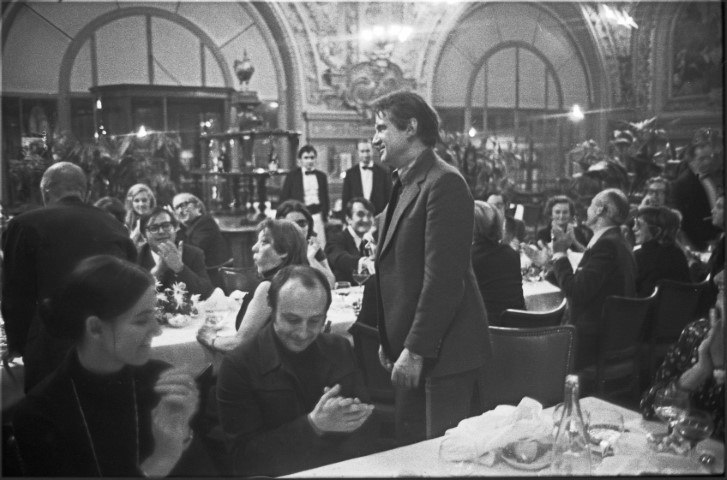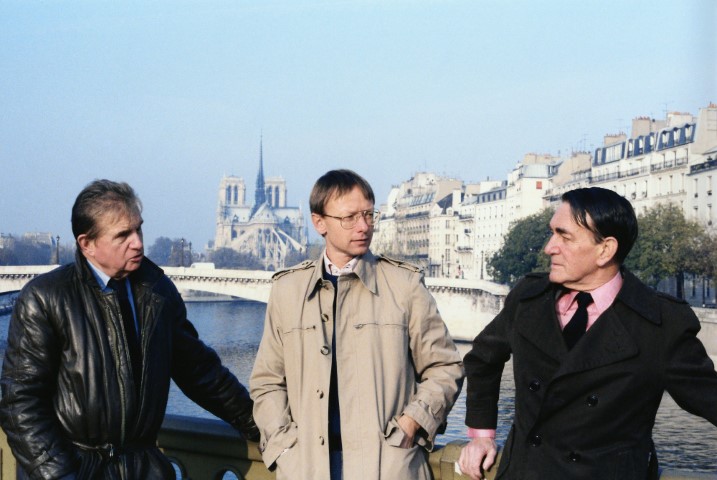The Francophile
Bacon looked to the French as the ultimate arbiters in virtually every domain that interested him. He often admitted that it was what the French thought of his work that mattered most to him. It was without doubt in Paris that this Francophone and ardent Francophile was most highly regarded and unanimously acclaimed.
France is certainly the country I prefer of all the countries I know.Francis Bacon
Move your cursor around the wheel to explore Bacon’s relationship with France.
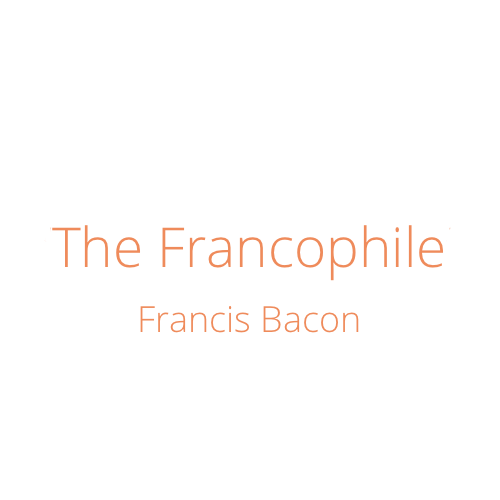

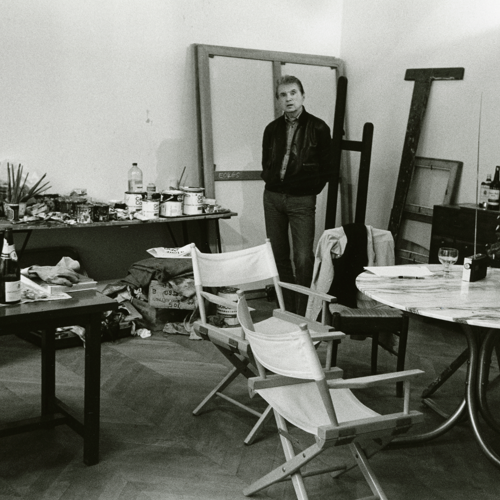

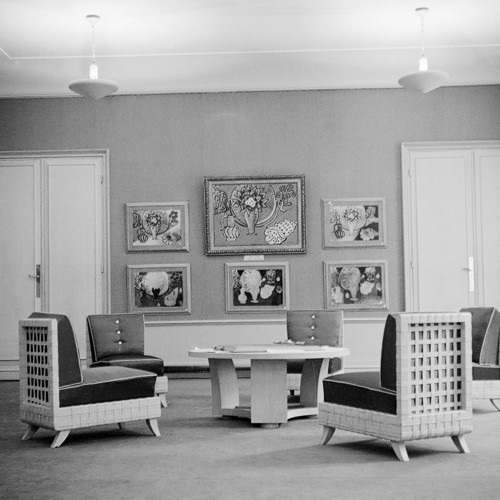
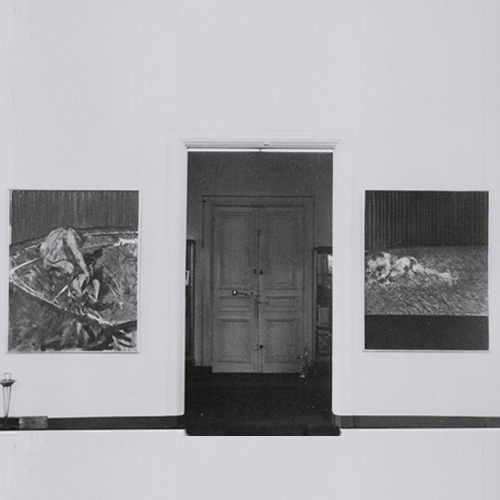
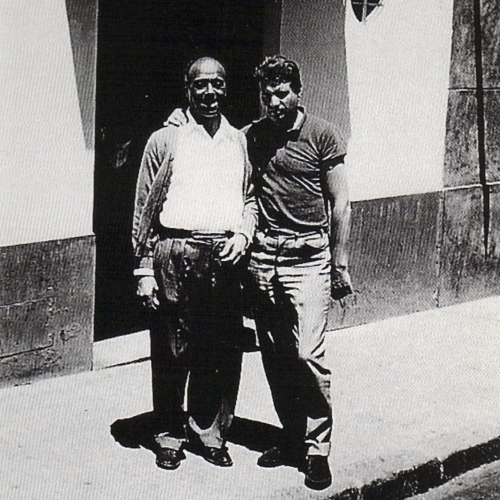

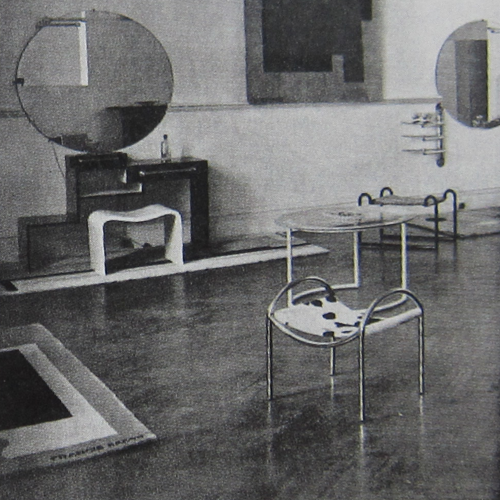



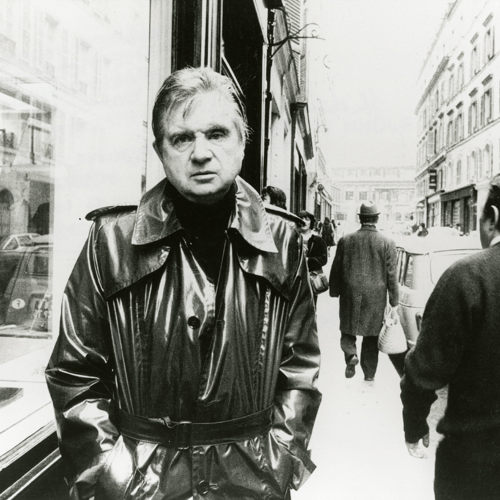
If the French like my work then I shall feel that I have, to some extent, succeeded.Francis Bacon
1976
Musée Cantini, Marseille
Bacon’s attraction to the port city, with its large North African population, begins during his earliest trips to Southern France and Monaco. He finds in Marseille an atmosphere that reminds him of Tangier.
A few years after his successful retrospective at the Grand Palais, the artist has his first exhibition in the provinces at the musée Cantini from 9 July 1976. The exhibition is curated by Marielle Latour, under the aegis of Gaston Defferre, the city’s mayor.
Preview of the Francis Bacon exhibition at musée Cantini, Marseille (9 July 1976)
© Archives du musée Cantini de Marseille, cliché reprographie municipale
1974 - 1987
His pied-à-terre in Paris
After the success of his Grand Palais retrospective in 1971, the artist starts spending a considerable amount of time in the French capital. In 1974, he takes a studio-apartment at 14 rue de Birague in the historic Marais district. He moves there in 1975. He deepens his friendships with Michel Leiris and Jacques Dupin. He also meets art historian Eddy Batache and art consultant Reinhard Hassert in 1975, who are to become two of his closest friends and confidants until the end of his life. From the 1970s, Bacon is elevated to legendary status in the French capital and in the Parisian press.
Bacon gives up his Parisian pied-à-terre in 1987 but remains a regular visitor to the ‘City of Light’ throughout his life.
Bacon in his rue de Birague studio (1979)
Photo and © Edward Quinn
MB Art Collection
1971
Grand Palais, Paris
On 27 October 1971, Bacon is given the accolade of a retrospective at the Grand Palais in Paris. It is previewed on the 26th in the presence of the French Minister of Culture, representatives of major cultural institutions and leading art figures as well as Bacon’s close friends. At this time Bacon was among the rare living artists to have been granted such an honour, another being Picasso in 1966.
As a Francophone and an ardent Francophile, it probably affords Bacon the greatest satisfaction of any of his exhibitions. This retrospective is a triumph despite the tragic death of his companion George Dyer at the Hôtel des Saints Pères, Paris, three days before the opening to the public.
Valerie Beston and Francis Bacon in front of the Grand Palais (26 October 1971)
Photo and © André Morain
MB Art Collection
1966
Galerie Maeght, Paris
From 15 November 1966, Galerie Maeght stages a Bacon show in Paris. The exhibition is a success and the artist receives significant Parisian recognition. That same year, the gallery publishes an issue of the art magazine Derrière le Miroir dedicated to Bacon and prefaced by Michel Leiris.
Bacon’s triptych Three Figures in a Room (1964) is included in the installation and bought by the French state two years later.
1957
Galerie Rive Droite, Paris
On 12 February 1957 Jean Larcade and Erica Brausen mount Bacon’s first solo French exhibition at Galerie Rive Droite where twenty-one paintings are shown.
Roland Penrose, the English Surrealist painter, poet, co-founder of the Institute of Contemporary Art and close friend of Picasso writes the introductory essay of the exhibition catalogue. An essay by David Sylvester, one of the finest art critics of the second half of the twentieth century, is also included in this publication.
Francis Bacon exhibition at Galerie Rive Droite, Paris, February - March 1957
© Galerie Rive Droite
MB Art Collection
From 1956 to the 1980s
Trips to Tangier
During this period, Bacon makes frequent trips to Tangier to visit his lover, Peter Lacy.
At that time, the French presence and its influence are preponderant in this part of North Africa. Tangier offers the temptations of an International Zone, which exerts a powerful attraction on artists, writers, Hollywood actors, speculators and smugglers.
Bacon finds a city that is wide open and sexually liberating, reminiscent of his stays in Berlin and Paris when he was adolescent. The artist’s favourite hangout in Tangier is Dean’s Bar where Lacy works as a piano player. The bar attracts the elite as well as the underworld.
Bacon continues to visit Tangier with his friends and lovers until the 1980s.
Bacon and Joseph Dean outside Dean’s Bar (1957).
Photo: Fred G. Mossman
© Marlborough Fine Art
MB Art Collection
1940 - 1990
Monaco
Bacon appears to have first visited the French Riviera and Monaco at the dawn of the 1940s as a letter, dated 3 June 1940, is sent to the artist in Monaco by his cousin Diana Watson, informing him of his father’s death.
In 1946 Bacon moves to Monaco shortly after the sale of Painting 1946. The Principality becomes his main residence from 5 July 1946 to the early 1950s. Already a seasoned gambler, Bacon is obsessed by the Belle Époque Casino of Monte Carlo and spends whole days there. The artist mentions, in his various correspondence, the work he manages to accomplish despite the many distractions.
Bacon is attracted by the atmosphere and lifestyle of Monte Carlo. He also enjoys the Mediterranean landscape and the invigorating sea air, which benefits his asthma. As a ‘bon vivant’, he relishes the finest of the local cuisine and French wines.
Until the end of his life, Bacon remains a regular visitor to Southern France and Monaco.
Postcard of Monaco, sent by Bacon to Denis Wirth-Miller in 1963.
MB Art Collection
1929 - 1933
Influenced by French design
Bacon lives and works at 17 Queensberry Mews West, South Kensington, from 1930 to 1931. Around that time, he produces his first paintings and establishes himself as a designer of furniture in metal, glass and wood, and of rugs, mirrors and lights. In November 1930, Bacon holds an exhibition of his paintings and rugs at 17 Queensberry Mews West alongside works by Roy de Maistre and Jean Shepeard. His skills as a furniture designer are strongly inspired by his exposure to the Parisian milieu. Later in his life, the artist declared that his early designs were derivative of various French Modernists such as Le Corbusier or Charlotte Perriand.
Detail from the article ‘The 1930 Look in British Decoration’ published in The Studio magazine, showing Bacon’s work at 17 Queensberry Mews West
1929 - 1992
London’s French Quarter
In spring 1929, Bacon returns to London and in January 1930 he moves to 17 Queensberry Mews West, South Kensington. This converted garage becomes his studio and home until 1931. There, he establishes himself as a furniture and rug designer.
From late 1929 to his death, the artist mostly lives in South Kensington, better known as the ‘French Quarter’.
During the 1930s, the presence of the French Consulate, the Lycée Français and the French Institute attracts the French expats to South Kensington and it soon becomes their home away from home. In this enclave, with its cafés, boulangeries, restaurants, cinemas and continental bookshops, Bacon feels at home.
7 Reece Mews, his studio and living quarters from 1961 to the end of his life, is located just a stone’s throw away from the French Institute and the Lycée Français “Charles de Gaulle”.
7 Reece Mews, London
Photo: Perry Ogden
MB Art Collection
1927
Inspired by Picasso in Paris
Bacon is in Paris around springtime 1927 when he meets Yvonne Bocquentin who takes him under her wing, offering him a room in her house near Chantilly. She teaches him French and introduces him to the cultural Parisian milieu. In Paris, he attends Picasso’s exhibition at Galerie Paul Rosenberg. This acts as the first real catalyst for Bacon becoming a painter. Later this year, Bacon stays at the Hôtel Delambre in Montparnasse. At the time, this district is a magnet for writers and artists from throughout the world. Bacon is also seduced by the atmosphere of the Pigalle district where people follow their own instincts. In Paris, he comes across a number of French magazines such as Cahiers d’Art and the celebrated magazine edited by Georges Bataille, Document, that draw his immediate interest. He acquires a medical book by Ludwig Grünwald Atlas and Epitome of Diseases of the Mouth, Pharynx and Nose published in 1903, with hand-painted illustrations of diseases of the mouth. The whole experience of Paris, with its intellectual excitement, sexual freedom and savoir-vivre makes a lasting mark on the young Bacon who returned to London by the end of spring 1929.
View of stairwell at Galerie Rosenberg, 1927 (photographer unknown)
1984 - 1987
Galerie Maeght-Lelong and Galerie Lelong, Paris
Following his first show in January 1984 at the Galerie Maeght-Lelong, Bacon has another exhibition in Paris in September 1987, at the Galerie Lelong. Jacques Dupin, whom Bacon admires as a poet, art critic and gallery manager, prefaces the exhibition catalogue. An interview with David Sylvester is also included in the publication.
French media then talk about the Bacon "myth" and the newspaper Le Monde publishes an article about the show on its first page.
Francis Bacon at the Galerie Maeght-Lelong, Paris (1984)
Photo and © Michel Nguyen
MB Art Collection
1977
Galerie Claude Bernard, Paris
From 19 January 1977, the Galerie Claude Bernard in Paris exhibits twenty of Bacon's recent works. Michel Leiris prefaces the exhibition catalogue for this occasion. This now legendary exhibition attracts such a dense crowd that it results in the police cordoning off the rue des Beaux-Arts to channel visitors. Bacon would declare later that the Claude Bernard installation, mounted in a small gallery, was one of his favourites as he observed that the small spaces helped convey the intensity of his paintings.
Francis Bacon, rue des Beaux-Arts in Paris (1977)
Photo and © John Minihan
MB Art Collection
